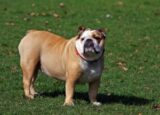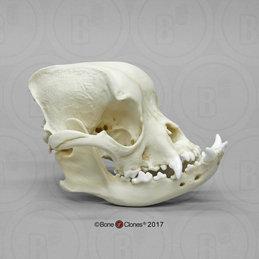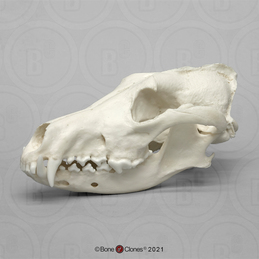Brachycephalic Obstructive Airway Syndrome (BOAS)
What is BOAS
Brachycephalic obstructive airway syndrome (BOAS) is an established cause of respiratory distress that occur in brachycephalic breeds of dog
Brachycephalic literally means shortened (brachy) head (cephalic) and these breeds include English Bulldogs, French bulldogs, Pugs, Boston Terriers, Pekinese, Shih Tzu, Boxers, Dogue de Bordeaux, Bullmastiffs and also Persian cats.




Selective breeding for these extreme characteristics in these lovable dogs, has also resulted in anatomical changes which make it more challenging for these breeds to breathe


What Causes BOAS
The anatomical changes that occur in brachycephalic dogs increase the resistance and partially obstruct the airway meaning these dogs have to put more effort into breathing – the same thing happens when we try to breathe through a straw. These changes include:
- Narrowed nostrils (stenotic nares)
- Elongated soft palate
- Everted laryngeal saccules
- Laryngeal collapse
Because of the increased effort of breathing and increased negative pressure, the soft tissues are drawn into the airways causing this obstruction. Compounding this are the vibrations associated with breathing (or awake snoring) which cause the tissues in the nose and throat to swell and further narrow the airways.
What are the signs of BOAS
The signs associated with BOAS are many and varied, and can even result in gastrointestinal changes as well. These include:
- Noise during breathing – snorting, snoring, wheezing, gagging
- Open mouth breathing
- Tiring easily on walks, and difficulty breathing even after short walks
- Overheating
- Restlessness during the night
- Sleep apnoea
- Vomiting, gagging, regurgitation, difficulty eating
- Collapse and death
How is BOAS Diagnosed
BOAS is diagnosed by a combination of factors including knowing the breed of dog, listening to the breathing during rest and exercise, as well as a conscious examination, specifically checking for stenotic nares.
Examination under general anaesthetic can allow assessment of an elongated soft palate and eversion of laryngeal saccules.
X-rays can be performed to assess the diameter of the trachea, along with checking for secondary changes such as aspiration pneumonia and a hiatal (diaphragm) hernia.

How is BOAS Treated
Early surgical correction of this condition is advised before secondary changes develop, which may cause severe dysfunction and may be irreversible. We recommend early intervention (ie at desexing).
Many owners may be reluctant to consider surgery on an animal that shows only mild signs of disease such as snoring at night, however the aim of surgery at an early age is not to eliminate noisy breathing, but to prevent progression to a life-threatening degree of compromise
Surgical correction involves
- Removing a wedge of tissue in the nostril to make them wider
- Shortening the soft palate
- Removing everted laryngeal saccules
These procedures are all performed under the same general anaesthesia. Recent studies show that 90% of BOAS dogs are significantly improved with surgery – post op improvement is most often observed immediately after surgery.
If you have a brachycephalic breed and would like more information, consider booking an appointment with Dr Christina Morris at Wigram Vets to see if your animal’s life can be significantly improved with airway correction.
